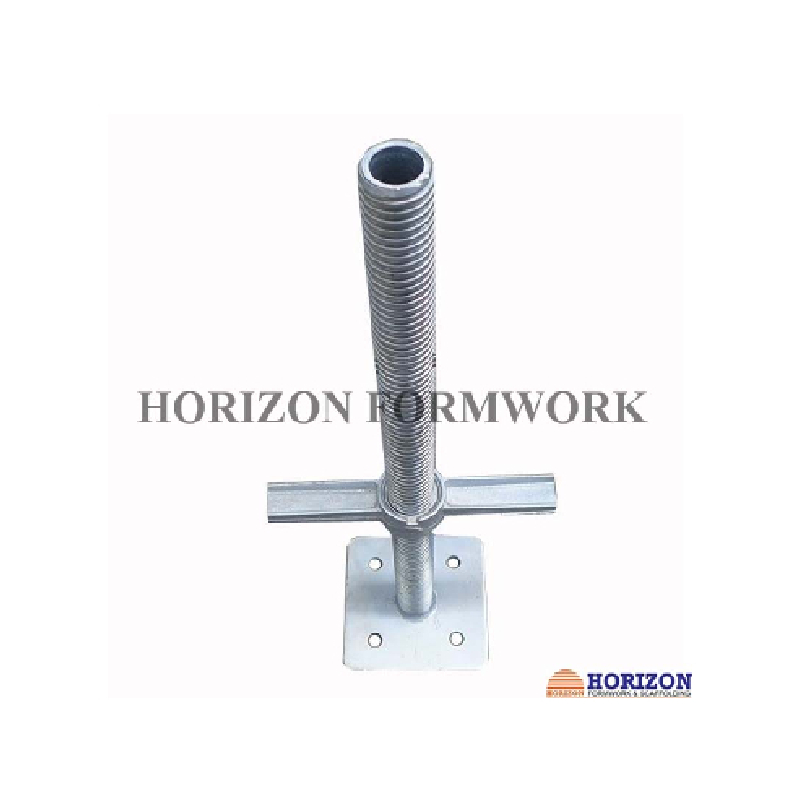Dec . 01, 2024 08:06 Back to list
Production of Formwork Beams in Manufacturing Plants Worldwide
The Role of Formwork Beams in Construction A Focus on Manufacturing
In the world of construction, innovation and efficiency are paramount. Among the various components that contribute to a structured and effective building process, formwork beams stand out as critical elements. These beams, often made from materials such as wood, steel, or aluminum, provide the necessary support for concrete during the curing process. Their design, durability, and manufacturing processes can significantly influence the construction timeline and overall project quality.
Understanding Formwork Beams
Formwork beams serve as the framework for casting concrete structures. They are essential for creating the desired shape and ensuring that the concrete retains its form until it sets. This temporary structure must be robust enough to withstand the weight of the concrete, as well as any additional loads that may occur due to environmental factors or construction activities.
The most common types of formwork beams include traditional wooden beams, steel beams, and modern modular systems that use aluminum or composite materials. Each type has its own set of advantages and disadvantages, which can impact the choice of formwork in a specific project. For instance, while wooden beams are cost-effective and easily customizable, steel beams offer superior strength and durability, albeit at a higher price point.
The Manufacturing Process
The manufacturing of formwork beams involves several crucial steps. Initially, raw materials are sourced, and their quality is checked to ensure they meet the required standards. For wooden beams, only high-quality, treated timber is used to prevent warping and decay. Steel beams are cut and shaped using advanced machinery to ensure precision.
Once the raw materials are prepared, they undergo various processes—such as cutting, welding (for steel), or assembling (for modular systems). Quality control is essential at each stage to guarantee that each beam meets safety and structural requirements. After manufacturing, the beams are treated or coated where necessary—for example, applying a protective coating to steel beams to prevent rusting, or treating wooden beams to enhance durability.
Manufacturers often strive to improve their processes by adopting automation and advanced technologies. This not only enhances productivity but also improves the quality of the end product. Innovations, such as using computer numerical control (CNC) machines, allow manufacturers to create precise and consistent beams.
formwork beams factories

Sustainability in Manufacturing
As the construction industry increasingly shifts towards more sustainable practices, the manufacturing of formwork beams has also evolved. Many manufacturers are exploring eco-friendly materials and energy-efficient processes to minimize their environmental impact. This trend includes using recycled materials for aluminum beams or sourcing timber from sustainably managed forests.
Furthermore, manufacturers are now considering the lifecycle of their products. This involves designing beams that can be reused multiple times across different projects. For instance, modular formwork systems allow for easy assembly, disassembly, and transportation, thereby reducing waste and lowering overall material usage.
The Impact on Construction Projects
The choice of formwork beams can greatly influence the efficiency of construction projects. Well-manufactured and carefully selected beams can expedite the construction process, allowing for quicker setting times and reduced labor costs. On the other hand, poor-quality beams can lead to structural failures, project delays, and increased expenses.
Moreover, innovation in beam design can lead to better safety protocols on construction sites. For example, lightweight aluminum beams are easier to handle, reducing the risk of injury during assembly. Safety features such as locking systems and slip-resistant surfaces also enhance the overall safety of the work environment.
Conclusion
In summary, formwork beams play a foundational role in the construction industry. Their manufacturing is a complex process that requires careful attention to quality and efficiency. As construction practices evolve with heightened attention to sustainability and safety, the manufacturing of formwork beams will continue to adapt. By prioritizing quality materials and innovative designs, manufacturers can ensure that these crucial components meet the needs of modern construction projects, ultimately contributing to safer, faster, and more sustainable building practices. As we look to the future, the continual evolution in this sector will undoubtedly shape the landscapes of our cities and infrastructures.
-
Premium Ringlock Scaffolding | China Manufacturer & Supplier
NewsAug.19,2025
-
Efficient Table Formwork for Fast Slab Construction & Reusability
NewsAug.18,2025
-
Timber Beam H20 Formwork & Shuttering - Durable & Reliable
NewsAug.17,2025
-
Timber Beam H20: Premium Formwork & Shuttering Solutions
NewsAug.16,2025
-
Premium H20 Timber Beam for Formwork & Slab Shuttering
NewsAug.15,2025
-
China Single Sided Wall Formwork: Fast, Flexible Solutions
NewsAug.14,2025